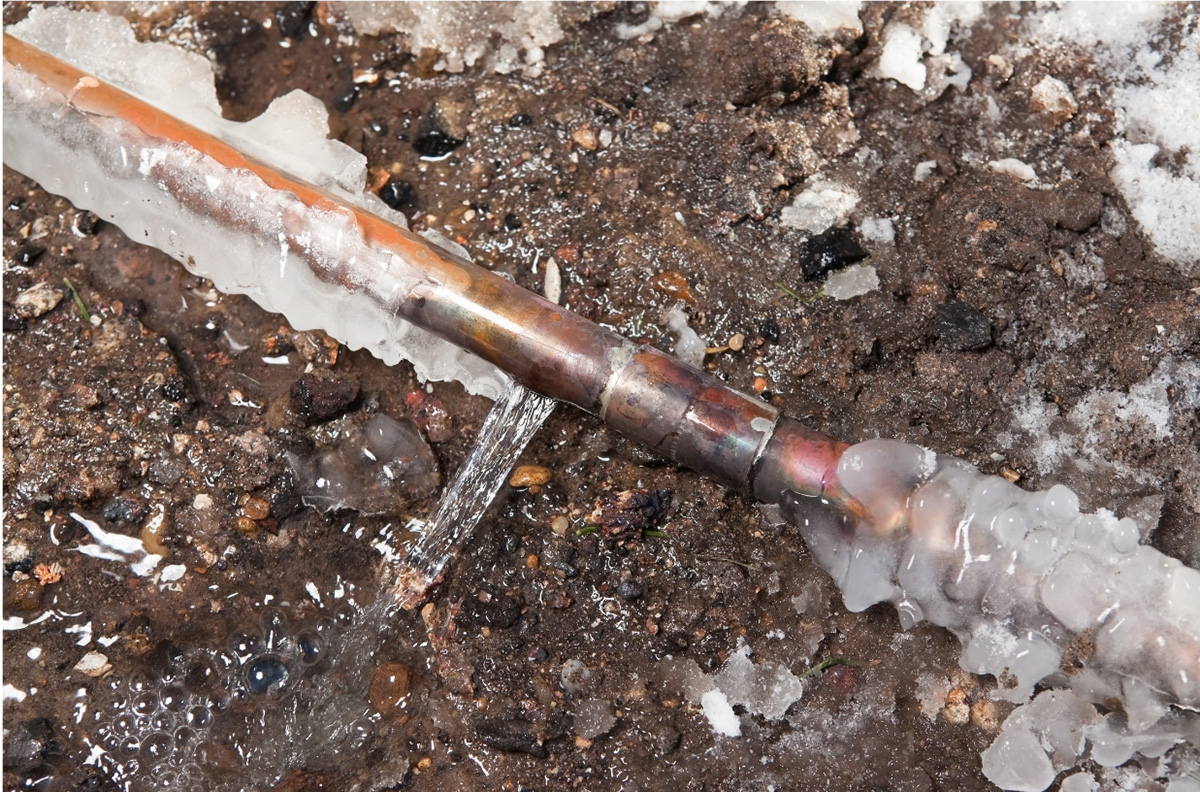Just how do you feel in regards to How to prepare your home plumbing for winter weather?

Cold weather can ruin your pipes, particularly by freezing pipelines. Here's just how to avoid it from taking place and what to do if it does.
Intro
As temperatures drop, the risk of frozen pipes rises, possibly bring about costly fixings and water damages. Comprehending exactly how to avoid icy pipelines is important for homeowners in chilly climates.
Avoidance Tips
Shielding prone pipes
Wrap pipelines in insulation sleeves or make use of warm tape to safeguard them from freezing temperatures. Concentrate on pipes in unheated or exterior locations of the home.
Heating techniques
Maintain interior rooms effectively heated up, especially areas with plumbing. Open up cupboard doors to enable cozy air to circulate around pipelines under sinks.
How to recognize frozen pipelines
Look for decreased water circulation from faucets, unusual smells or sounds from pipes, and visible frost on subjected pipes.
Long-Term Solutions
Architectural changes
Think about rerouting pipelines far from exterior wall surfaces or unheated areas. Include additional insulation to attic rooms, basements, and crawl spaces.
Updating insulation
Buy top quality insulation for pipes, attics, and walls. Proper insulation helps maintain consistent temperatures and reduces the risk of icy pipelines.
Shielding Exterior Pipes
Garden hoses and exterior taps
Detach and drain yard pipes before winter. Mount frost-proof spigots or cover outdoor taps with protected caps.
Understanding Icy Pipes
What triggers pipes to ice up?
Pipes ice up when subjected to temperature levels below 32 ° F (0 ° C) for expanded periods. As water inside the pipelines ices up, it broadens, taxing the pipeline wall surfaces and possibly creating them to break.
Threats and problems
Frozen pipes can result in water system interruptions, property damage, and pricey repairs. Burst pipes can flooding homes and trigger substantial architectural damage.
Indications of Frozen Pipes
Identifying frozen pipes early can prevent them from breaking.
What to Do If Your Pipes Freeze
Immediate actions to take
If you presume icy pipelines, maintain faucets open up to soothe pressure as the ice thaws. Use a hairdryer or towels taken in warm water to thaw pipes slowly.
Verdict
Protecting against icy pipes requires aggressive procedures and quick feedbacks. By comprehending the causes, indicators, and preventive measures, homeowners can shield their plumbing throughout cold weather.
5 Ways to Prevent Frozen Pipes
Drain Outdoor Faucets and Disconnect Hoses
First, close the shut-off valve that controls the flow of water in the pipe to your outdoor faucet. Then, head outside to disconnect and drain your hose and open the outdoor faucet to allow the water to completely drain out of the line. Turn off the faucet when done. Finally, head back to the shut-off valve and drain the remaining water inside the pipe into a bucket or container. Additionally, if you have a home irrigation system, you should consider hiring an expert to clear the system of water each year.
Insulate Pipes
One of the best and most cost-effective methods for preventing frozen water pipes is to wrap your pipes with insulation. This is especially important for areas in your home that aren’t exposed to heat, such as an attic. We suggest using foam sleeves, which can typically be found at your local hardware store.
Keep Heat Running at 65
Your pipes are located inside your walls, and the temperature there is much colder than the rest of the house. To prevent your pipes from freezing, The Insurance Information Institute suggests that you keep your home heated to at least 65 degrees, even when traveling. You may want to invest in smart devices that can keep an eye on the temperature in your home while you’re away.
Leave Water Dripping
Moving water — even a small trickle — can prevent ice from forming inside your pipes. When freezing temps are imminent, start a drip of water from all faucets that serve exposed pipes. Leaving a few faucets running will also help relieve pressure inside the pipes and help prevent a rupture if the water inside freezes.
Open Cupboard Doors
Warm your kitchen and bathroom pipes by opening cupboards and vanities. You should also leave your interior doors ajar to help warm air circulate evenly throughout your home.

I recently found that write up about 6 Ways to Prevent Frozen Pipes when surfing the search engines. Sharing is caring. Who knows, you may just be helping someone out. We cherish reading our article about How To Avoid Freezing Pipes.
Call